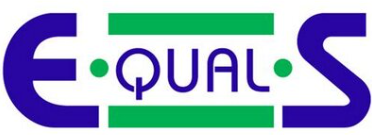Our curriculum is:
'different rather than differentiated'
The way our pupils learn is different and often very different from neuro-typical, conventional developing learners for whom the National Curriculum was designed (Imray, P. 2021)
A Holistic Approach:
Voice
Each individual learner gets to know what they like and is able to communicate a desire for more; they also get to know what they don’t like and are able to communicate a desire for less (or none) of it.
Freedom
Each individual learner understands that they are free to engage with any activities or people or stay in a particular space (with due regard to health and safety) if they choose not to do so.
Agency
Each individual learner expects that such communications will be enacted by those who have control over the resources/time/space.
Self Regulation
Each individual learner understands that whilst life inevitably deals everyone times of stress and anxiety, routine solutions are always available should the learner choose to take them.
Capability
Each individual learner understands their potential to make the most of all of the actions and approaches to living that they individually value.
The Curriculum Pathways
To ensure that we are able to meet each child’s holistic needs as specifically as possible, Landon’s curriculum is arranged into three pathways.

‘recognising that learners with different learning needs demand and deserve a different approach to teaching’
(Imray, Kossyvaki and Sissons, 2024)

What is a Pathway?
A pathway is designed to have a defined approach in terms of its provision that extends to the curriculum areas taught, class sizes, staff-to-pupil ratios, pedagogical principles, and recommended developmental frameworks. Each pathway works towards specific but broad outcomes that underpin and form the foundation of the learners individualised needs.
Each pathway has defined curriculum areas that are closely matched to the developmental needs of the learners accessing that pathway, enabling them to develop the appropriate baseline level of knowledge, understanding and the skills required to access the next pathway approach or to prepare them for life beyond the school, secondary school and adulthood.
Strategies for Defining Learner Characteristics to Support Pathway Based Learning – Waller, J. (2024)
Pathway Key Elements